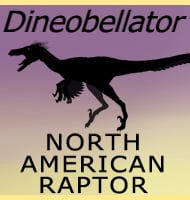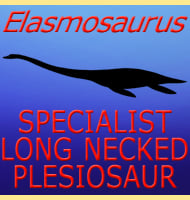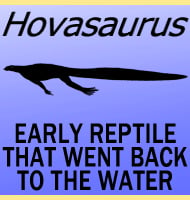Yangchuanosaurus
In Depth Yangchuanosaurus is often likened to fulfilling the same ecological niche as Allosaurus, except in Asia instead of North America. Not only does Yangchuanosaurus have a similar morphology to Allosaurus it also had access to similar prey items such as stegosaurs and sauropods. Yangchuanosaurus had a characteristic growth on top of its nose as … Read more


